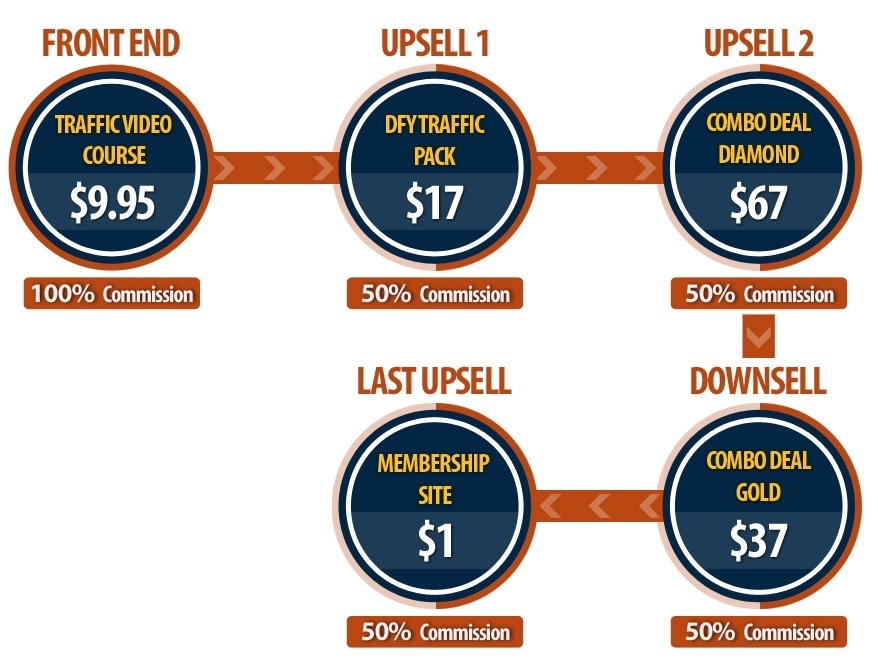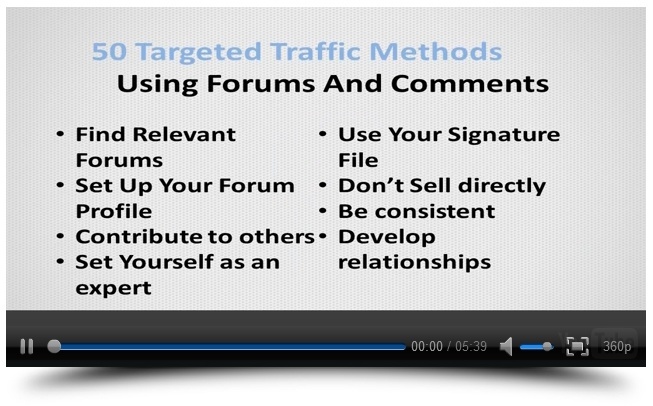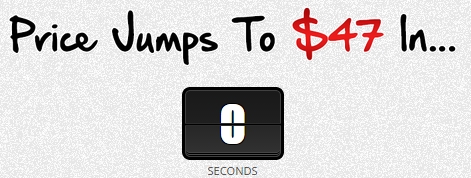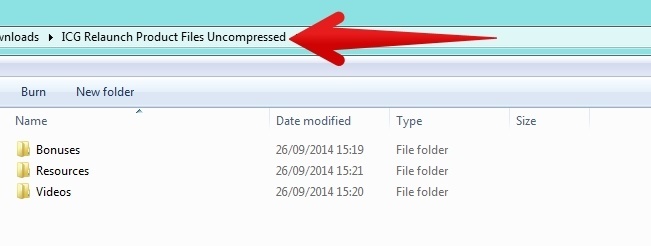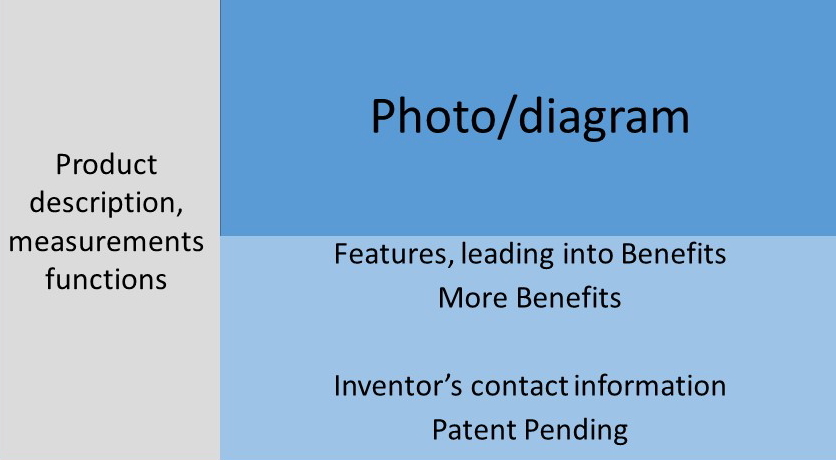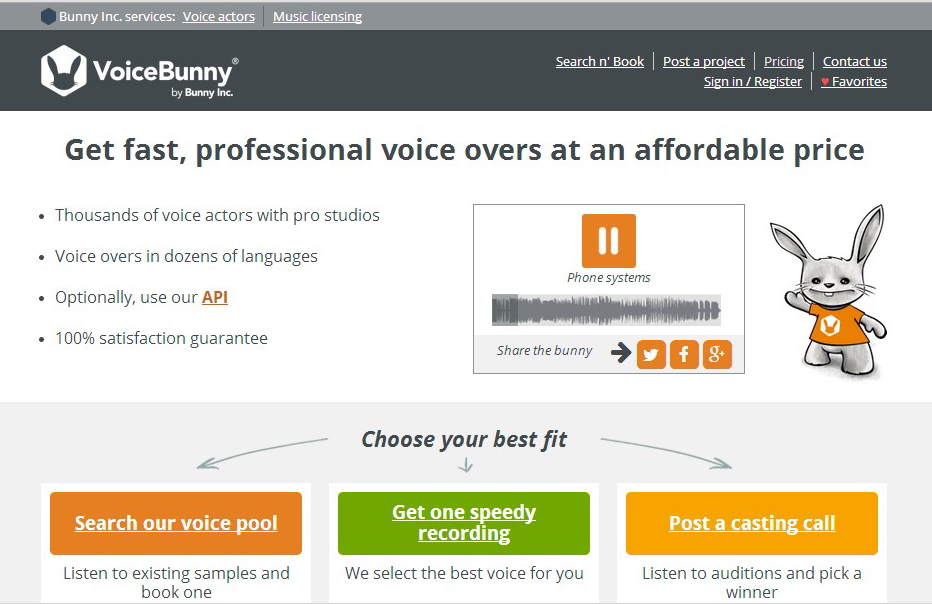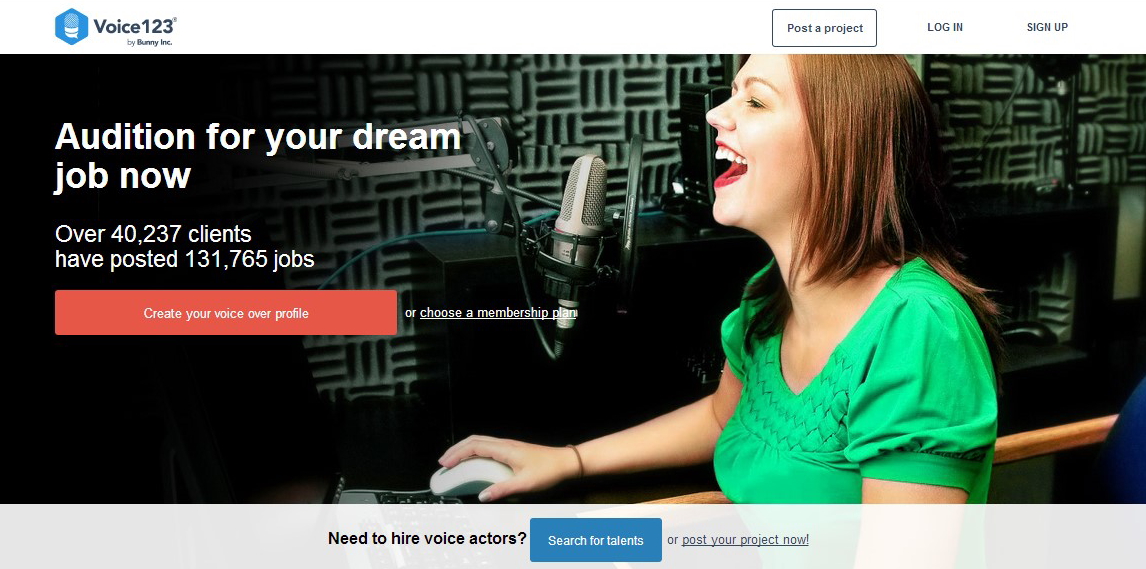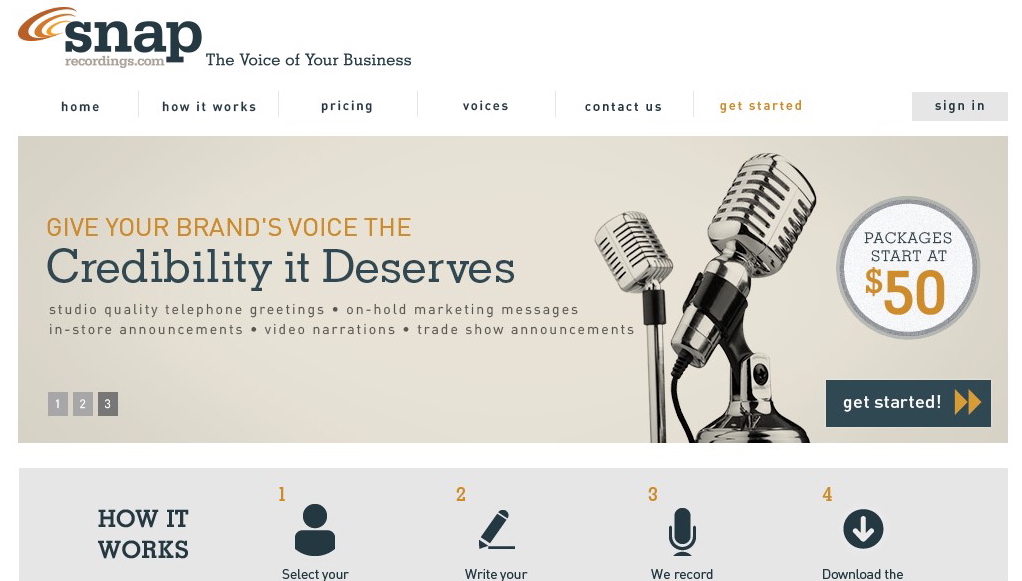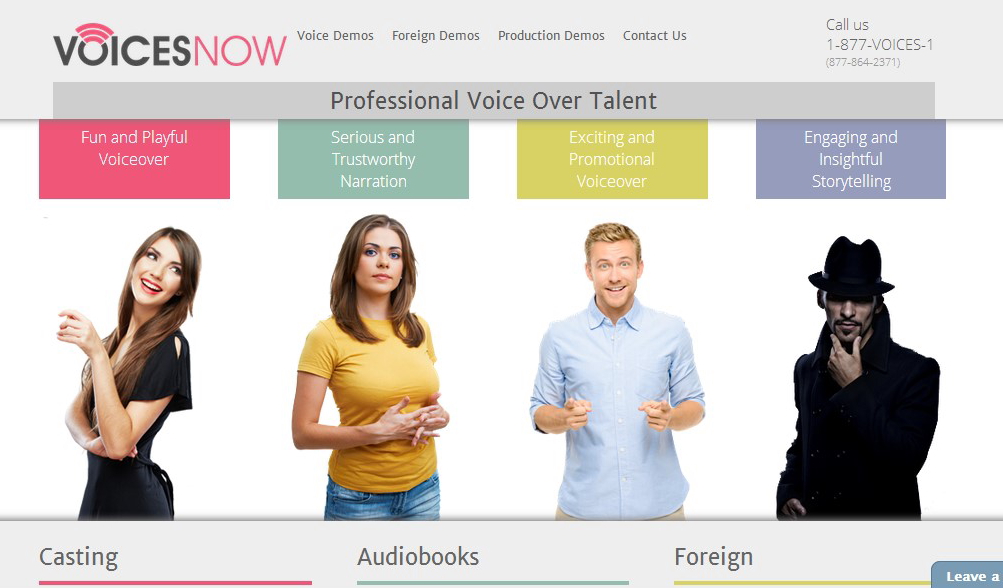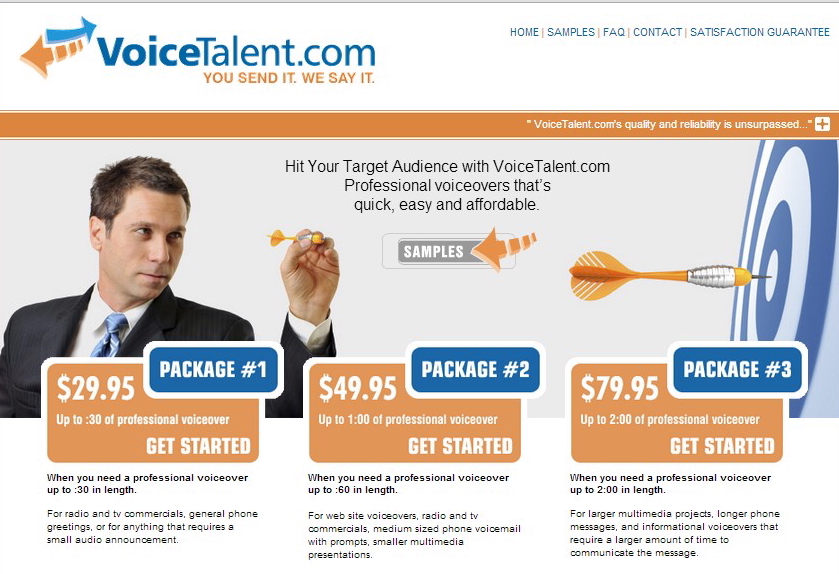Do you have an invention idea, or even several invention ideas, that have just been sitting on the proverbial back burner? Are you worried about the cost involved with bringing your invention ideas to marketable reality?
Well, fear no more: You don’t need an expensive patent or a manufacturing plant to make money from your invention idea(s). You don’t even need a prototype. In fact, all you need is a good idea- and someone else to do the work for you.
How can you get someone else to do your work?
It’s all about licensing your invention idea. When you license your idea, someone else takes your idea and undergoes the risks of developing, manufacturing, pricing, storing and marketing the product. You, as the inventor of the product, simply collect a royalty from every sale. Typically, product royalty is 3-5%. This may not sound like much, but if you start collecting royalties from several products, the money can quickly add up. With a little bit of time, your royalties can even outpace your regular paycheck.
How to start licensing your invention
Start with a problem.
Inventions all start with a problem. If that problem is commonplace enough, the invention will experience a high enough demand to be profitable. In many cases, the problem need not be a major one- for example, consider the late night TV infomercial item, The Windshield Wonder(tm), which cleans windshields from the inside of the car. Most car owners complain about not being able to effectively clean the inside of their windshields- this item solves the issue.
Find out if similar products exist.
If your invention is good enough, there will already be similar products on the market. That’s right, your invention item should not be so unique that it can’t be located anywhere else. If it is all alone in its market niche, that brings up the possibility that your invention is solving a very rare problem. Without mass appeal, your invention won’t sell, or at least not often enough to make you a profit.
Should you find similarly-themed products on the store shelf, take stock of how they are displayed and marketed. How much do the items cost? Also, be sure to write down the names of the companies that are selling these items; these are the companies you will be contacting later.
Search the USPTO.
It’s possible that your invention idea may already have been invented, manufactured and even marketed. To find out if this is the case, scour the U.S. Patent and Trademark Office before you go any further.
It’s quite possible that a patent for the exact same item that you invented is already in existence. Before you get discouraged, find out what exactly the patent covers. It might be that what you’re looking at is a design patent, where the inventor changed the decorative appearance or configuration of the item rather than its functionality. Otherwise, you might have a utility patent, wherein a manufacturing process or coding program is described but not the look, shape or configuration of the finished product.
In brief, find out if your exact idea has been filed with the USPTO. If it hasn’t, then you are ready to go on to the next step.
File a provisional patent application (PPA).
Protect your invention idea by filing a provisional patent application (PPA) with the USPTO. The PPA is quick to fill out, does not require the help of an attorney, and it costs only $110 to file. You don’t even need formal documentation; a few simple drawings or photographs of the expected prototype or mock-up will do.
A PPA enables you to state that your invention is “Patent Pending,” which goes a long way towards keeping competitors at bay. Furthermore, the PPA provides the same legal protections as a regular ol’ patent- and for significantly less money and waiting time.
Find out how to manufacture your idea.
Once you’ve filed the PPA, it’s time to find out just how much money it will cost, and what methods must be used, to manufacture your idea. You’ll also need to understand your idea’s technical hurdles and how to overcome them. To this end, you should contact different contract manufacturers that produce items similar in scope to your own product idea and ask them how feasible it would be to realize your particular invention.
You can find contract manufacturers through trade associations. These associations exist solely to put customers like you in touch with vendors and other businesses, so don’t be shy about asking for help and obtaining contact information for at least four or five vendors.
How do you get contract manufacturers to do the grunt work of estimating your manufacturing costs? You can ask to speak to one of their sales reps, then ask her how much it will cost to produce 1,000, 10,000 or even 100,000 units of your invention idea. By creating a sales inquiry and not just a random request for information, you get the sales rep thinking that this could be a huge sale (i.e., commission) for her. This makes that salesperson much more inclined to help you out.
Generate a Nondisclosure Agreement (NDA).
Before you call your contract manufacturers, you should create a nondisclosure agreement (NDA) and have it ready to go when the person on the other end of the line asks for a drawing of or additional details pertaining to your invention idea. NDAs are easy to generate and can be found on a site like Docracy. The basic NDA contains legal language that protects your invention idea from being disclosed to third parties. The document also allows you to take legal action if there is an information leak.
A decent NDA will contain the following four provisions:
- All parties agree not to disclose each other’s confidential information.
- All parties agree not to use each other’s confidential information without providing compensation.
- All parties agree to return all documents, prototypes and information in case no agreement is reached regarding the invention idea.
- All parties agree that any information already known to and used by the receiving party is not deemed confidential.
Your NDA should first be agreed to and signed before you disclose any details pertaining to your invention idea. If anyone refuses to sign the NDA, do not disclose your idea to that entity!*
Generate your sell sheet.
Now that you have your PPA and manufacturing information in hand, it’s time to organize all your invention information into a sell sheet. The sell sheet is a one page ad that describes the main benefits of your invention, some diagrams or drawings of that invention, and your contact information. Don’t forget to note that you have a “Patent Pending” on your invention.
You needn’t be a marketer or graphic designer to create a winning sell sheet. Sites like eLance, Guru.com and Freelancer.com provide you with reasonably priced professionals who can take your invention idea and transform it into a detailed illustration. Just remember to have your hired freelancer sign the NDA before you relay any invention information to him.
More information on how you can generate a killer sell sheet will be provided in my upcoming post this Thursday.
Make some inquiries.
Now it’s time to peddle your invention idea to those companies that you first looked up when first assessing the feasibility of your invention idea. When making these sales calls, you can make a cold call, if you’re comfortable with that approach. However, if you don’t like cold calls, there’s no rule about cold calls being the only way to conduct business.
To this end, you can contact candidate companies through LinkedIn, for example. Using LinkedIn, you can find the exact person within the organization that would be your best advocate for licensing your invention. Other online sites include Hoovers, InfoUSA and Zoom Info. In most cases, that ideal person is the product manager. If such a person cannot be located, your other bet is the marketing manager or salesperson.
What should you say or write once you reach your person of interest? Rather than introducing yourself as an inventor, which often conjures up images of wacky and impractical dreamers, state that you are a product developer looking to submit a product idea to that particular company. Then, assuming you aren’t interrupted, use a single sentence to state the exact benefit of your product.
What is a good single sentence statement about your invention? Here are some examples:
For a household products company: “I have a new product that safely whitens laundry without damaging it.”
For an office supply company: “My chairs are ergonomic and cost 90% less to produce than most standard office chairs.”
For a tools manufacturer: “My table saw has a safety shut-off device activated by human tissue .”
Offer more product information.
Close your call or letter by asking if you can send additional product information. In most cases, managers and salespeople won’t object to obtaining a simple email or letter containing your sell sheet; in the worst case scenario, your literature can be easily deleted or thrown out. However, should your sell sheet spark someone’s interest, you might just have yourself a licensee.
Any potential licensing company worth its salt will probably ask that you show up in person to provide a technical presentation of your product and its benefits. Thus, you will need to prepare some slides outlining your invention and all of its benefits. You might even need to throw in a few technical details in the form of charts and graphs.
If you have a friend or family member who is a good orator, don’t hesitate to ask her about coming with you and helping to explain the product and its purpose. Sometimes, it helps to have a “product team” with you during your technical presentation as a show of group collaboration and support- and it doesn’t matter if this team only consists of your Mom, spouse or high school buddy.
Seal the deal- with an attorney.
You might be offered a licensing deal right on the spot following your presentation. However, before you sign the dotted line, get yourself a licensing attorney who knows the fine details of this business process. Let her negotiate the terms for you, especially if you’ve never before negotiated with a company regarding licensing.
Don’t be shy with your licensing company. Ask your contact for sales projections for your invention and the wholesale item price that the company intends to charge. Also, find out if this company wants an exclusive or non-exclusive license on your invention. With an exclusive license, you won’t be able to license your invention idea out to anyone else for a specified amount of time; however, with a non-exclusive license, you’ll be able to query other companies and make licensing deals with them too.
The caveats to each of these license types are that exclusive licenses pay you a higher royalty, while the non-exclusive licenses offer a lower payout.
Get paid!
Once a company has become your licensee, start expecting your royalty checks to arrive…in the near future. It could still take some time (think months to years) before your product has been developed, manufactured and sold to finally generate that passive income for you. However, if you can licence a few invention ideas each year and make 3-5% in royalties from them, you’ll be well on your way to earning a passive income.
*Your NDA may not be signed automatically if your potential licensee objects to some of the document’s clauses and wishes to modify them so the manufacturing company has better flexibility to create and market your invention. In such cases, you should have your licensing attorney look over the company’s proposed changes before signing the modified NDA.
